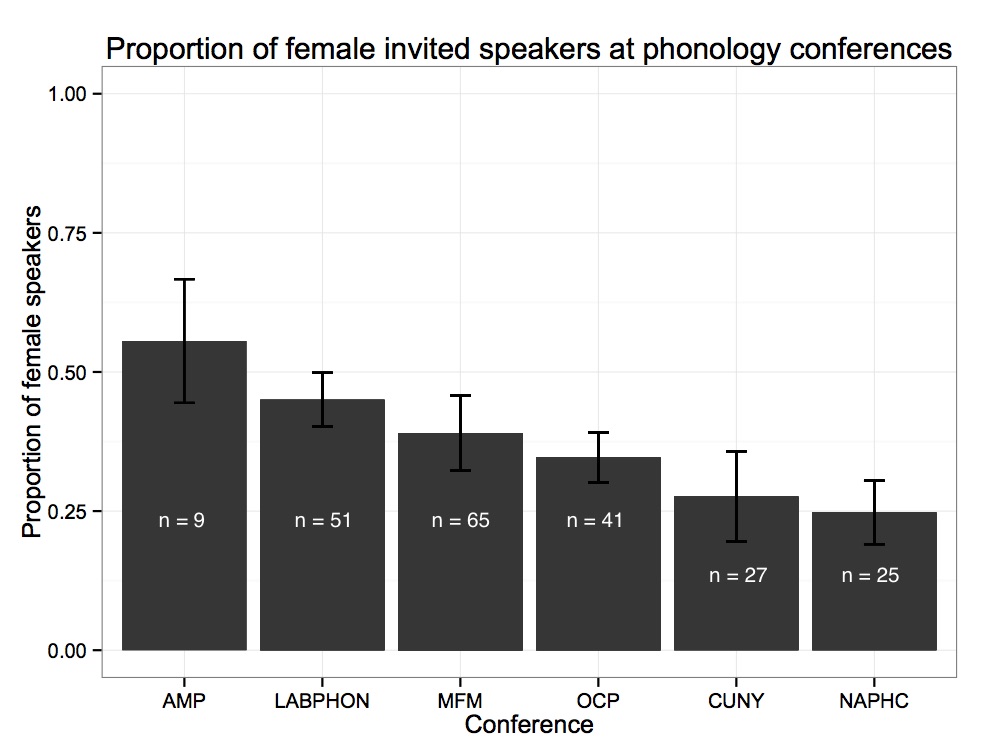From Joe Pater (pater@linguist.umass.edu)
McCarthy, John J., Joe Pater, and Kathryn Pruitt. To appear 2016. Cross-level interactions in Harmonic Serialism. In John McCarthy and Joe Pater, eds. Harmonic Grammar and Harmonic Serialism. London: Equinox Press. http://websites.umass.edu/pater/files/2011/10/McCarthy-Pater-Pruitt-2016-CLI-HS.pdf
Cross-level interactions are phonological processes that make reference to multiple levels of the prosodic hierarchy, such as vowel shortening in the weak position of a foot. Cross-level interactions figure in most arguments for parallelism in Optimality Theory. This chapter demonstrates with several case studies how cross-level interactions can be analyzed in Harmonic Serialism. The key insight is that the relevant constraints may be violated in the course of the derivation, even if they are obeyed in underlying and surface forms. Cross-level interactions require parallelism only if constraints are inviolable, but that is inconsistent with a fundamental premise of Harmonic Serialism and every other version of Optimality Theory. The problems that cross-level interactions pose for serial theories with inviolable constraints are demonstrated through a review of their treatment in pre-OT constraints and repairs theories.

